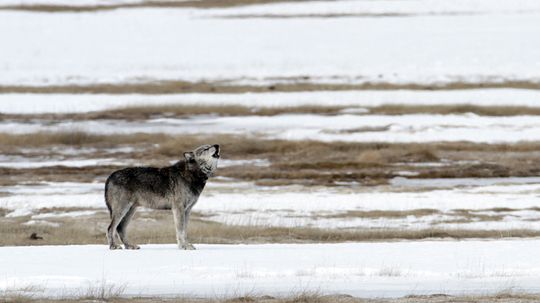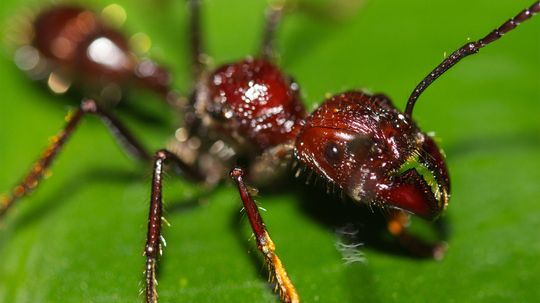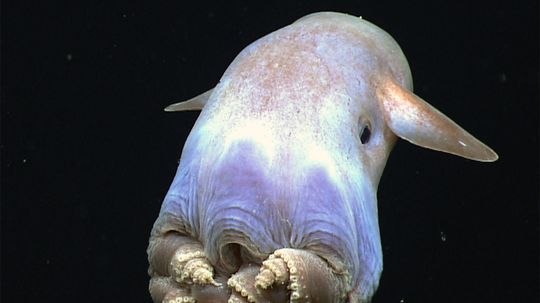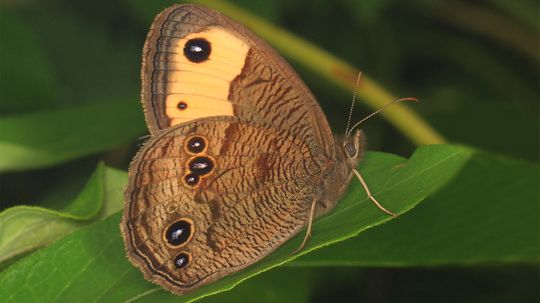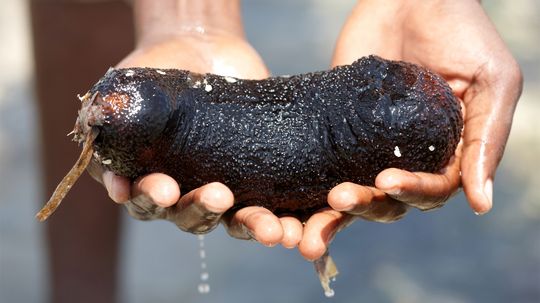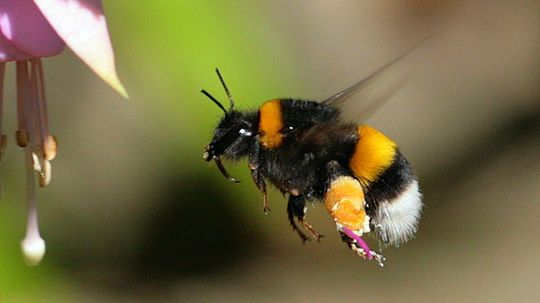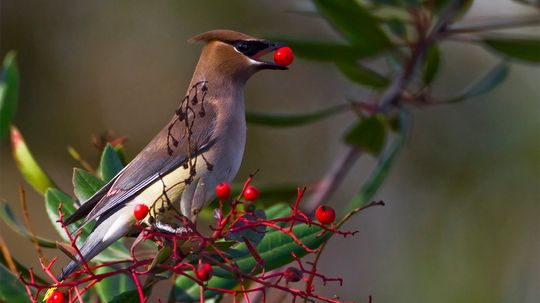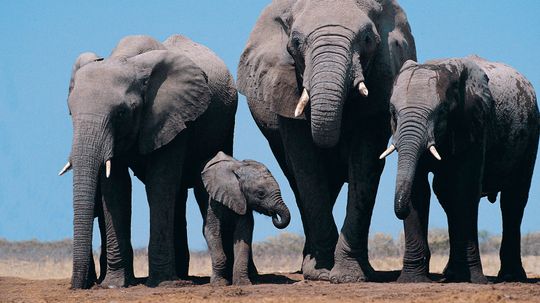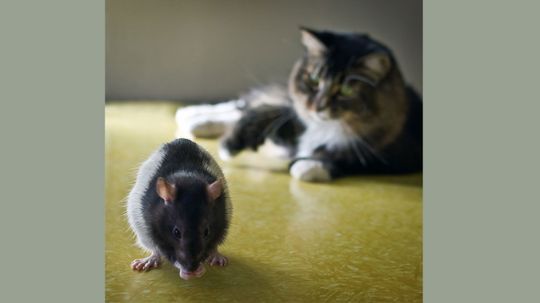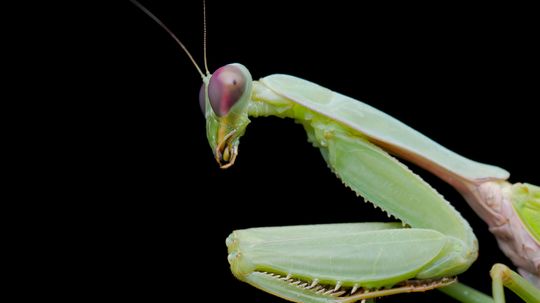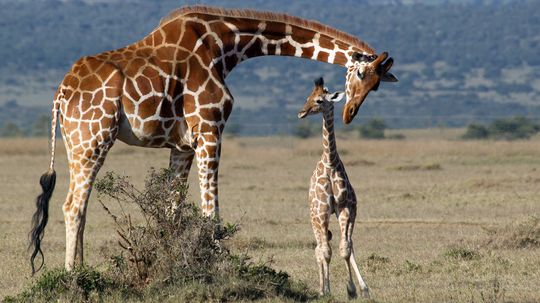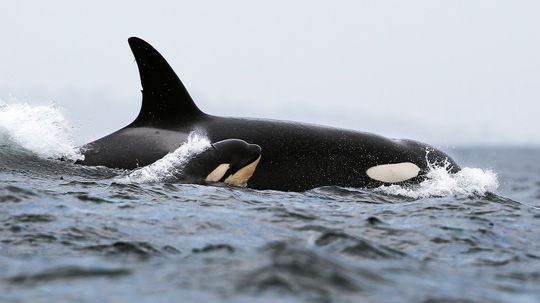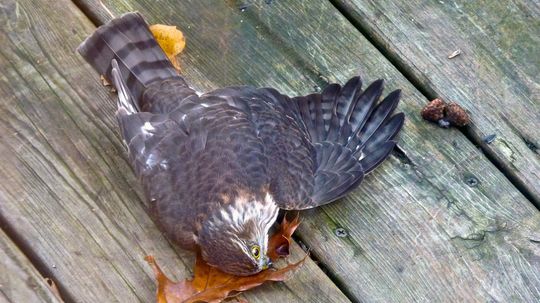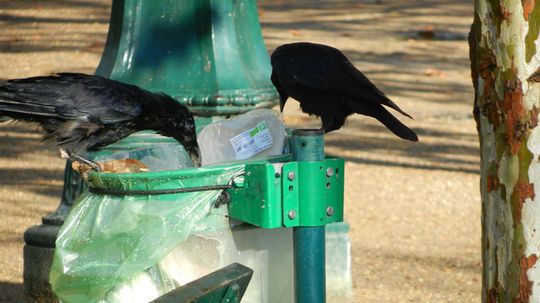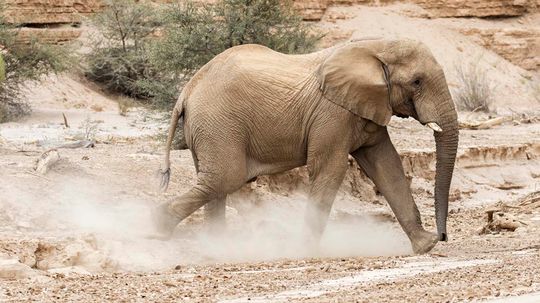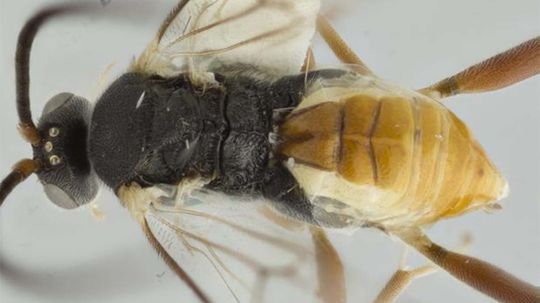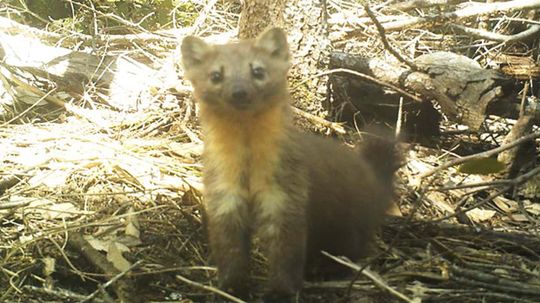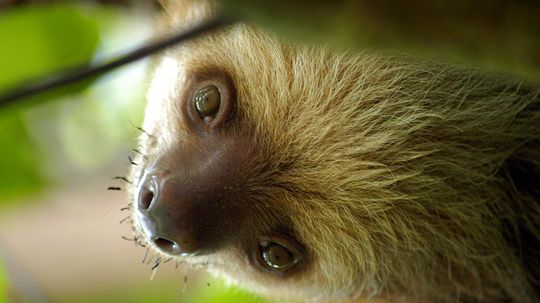Wild Animals
Whether they crawl, fly, swim, slither, walk, run or pounce, wild animals rely on their instincts. Read about all kinds of wild animals, mammals, birds, fish, insects, reptiles and amphibians.
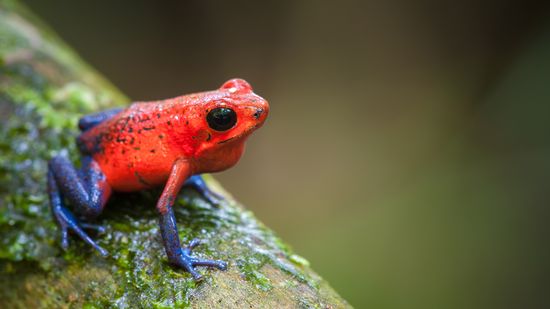
12 Colorful Frog Species: From Tie-dyed Designs to Rare Hues
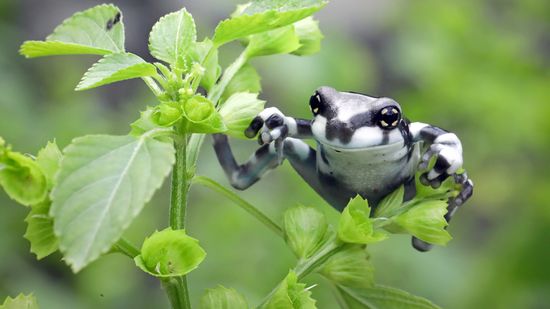
Amazon Milk Frog: Named for Its Defense, Not Its Color
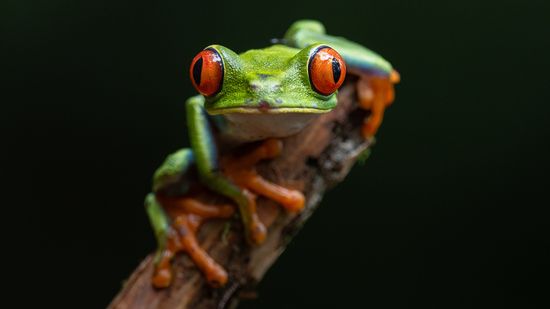
The Red-eyed Tree Frog Has Extremely Sensitive Skin
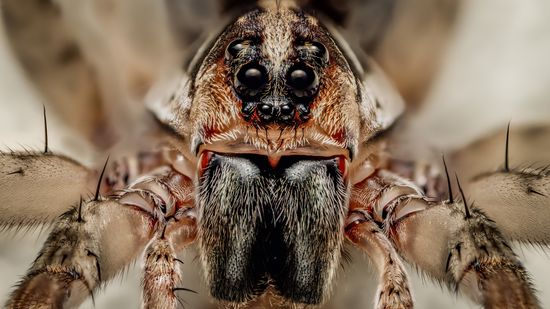
What Is a Group of Spiders Called? (Aside From Icky)
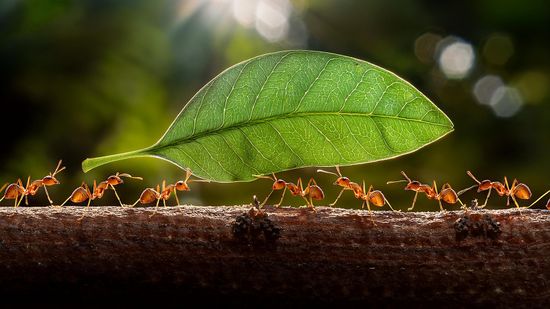
What Is a Group of Ants Called? Army vs. Colony vs. Swarm
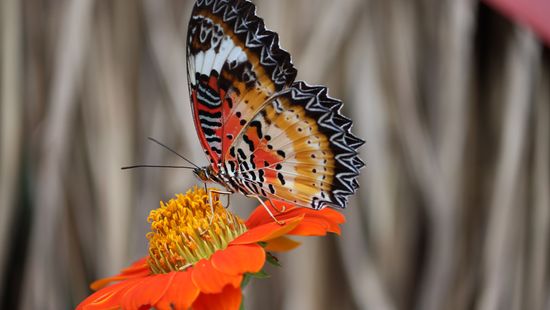
10 Red Butterfly Species Found From India to Florida to Europe
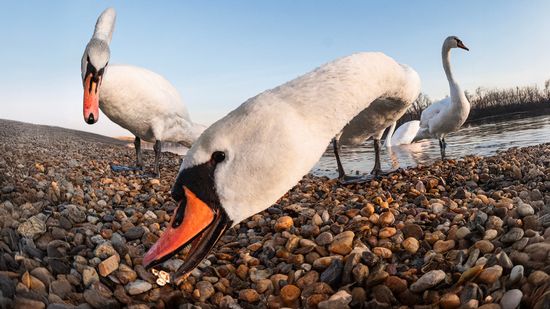
What Is a Group of Swans Called? Not a Flock
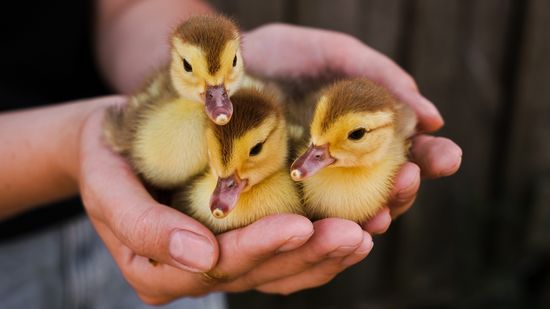
What Is a Group of Ducklings Called? It's Surprisingly Moody
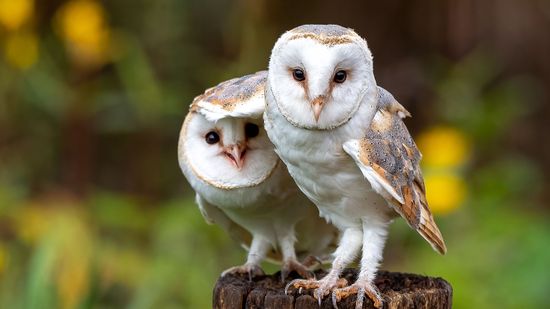
What Group of Birds Is Called a Parliament?
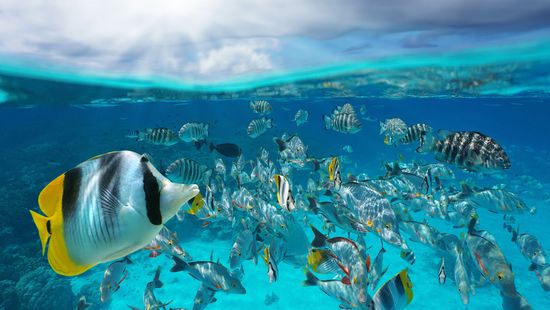
What Is a Group of Fish Called? Not Always a School
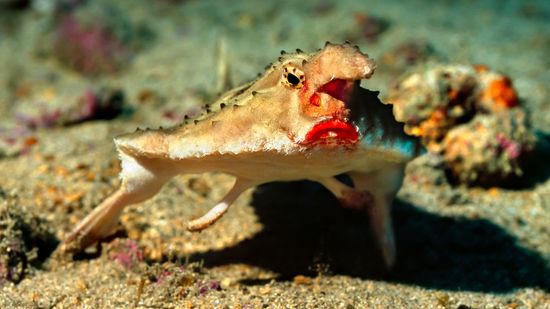
10 Weirdest Fish in the World: Batfish, Hairy Frogfish, and More
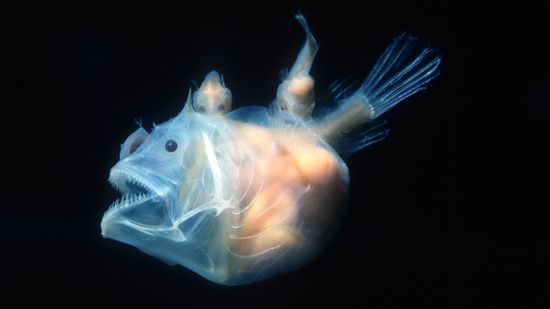
10 Scariest Fish Lurking in Rivers, Deep Ocean Waters, and Shells
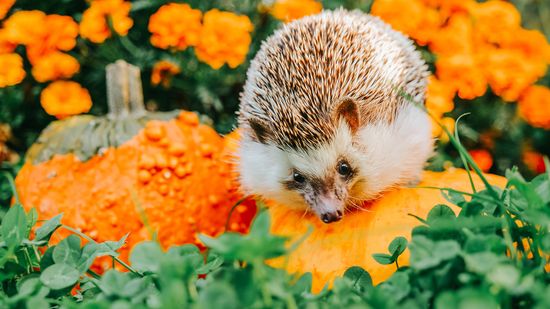
What Is a Group of Hedgehogs Called? It's Adorably Appropriate
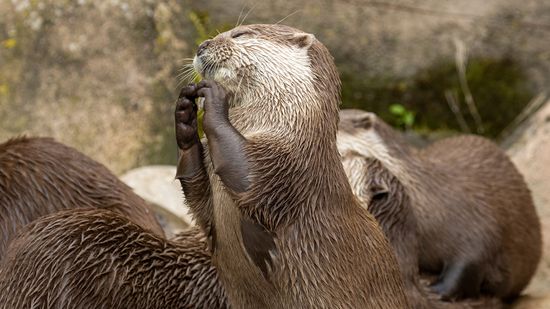
What Is a Group of Otters Called? The Official Terms Are Adorable
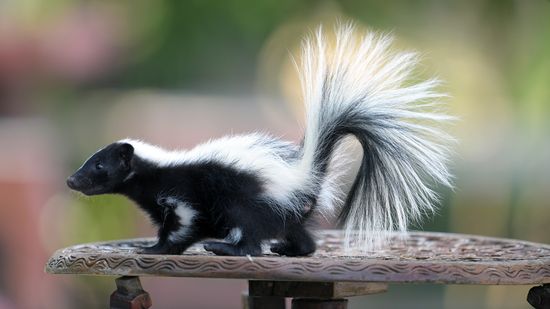
What Is a Group of Skunks Called? Here's Why You've Never Asked Before
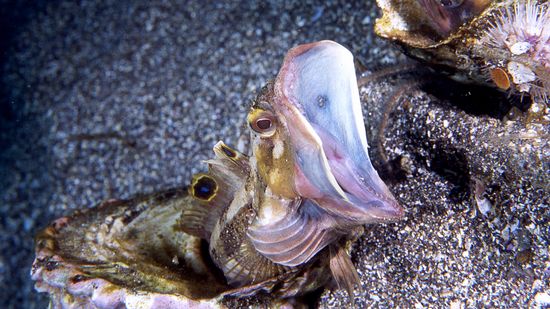
10 of the Scariest Sea Creatures Lurking in the Ocean's Depths
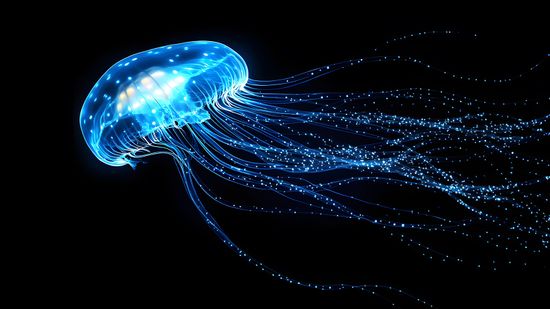
How Bioluminescent Jellyfish Get Their Signature Glow
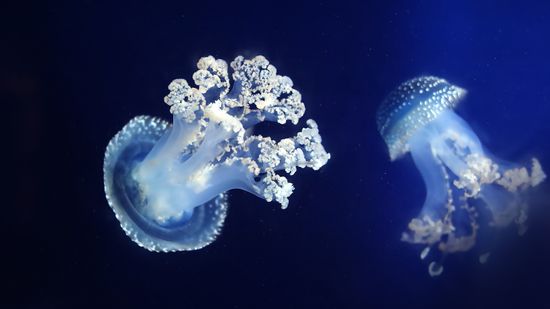
White Spotted Jellyfish: Cute Until They Become Invasive
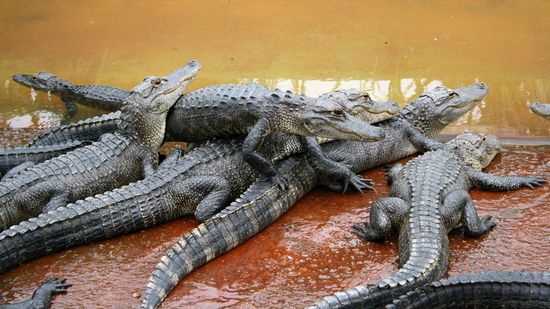
What Is a Group of Alligators Called? It Sounds Surprisingly Formal
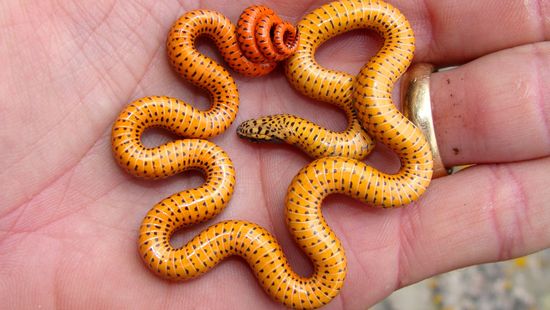
10 Cutest Snake Species That Have Us Squeeing
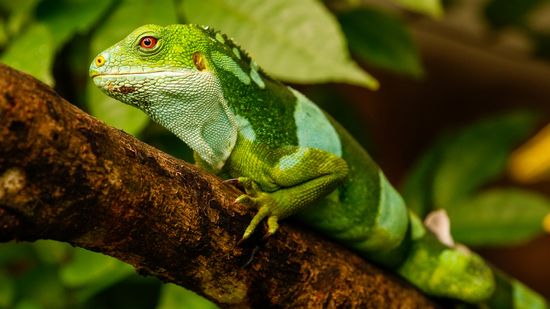
10 Colorful Lizards to Delight Reptile Lovers
Learn More / Page 29
A first-of-its-kind study reaffirms why wolves are vital to the health of our ecosystem.
Justin O. Schmidt studies insect venom and has a rating system for the relative agony inflicted by the world's most painful stings. Which is the worst?
The Dumbo octopus is just one of the amazing creatures filmed by the most recent voyage of the E/V Nautilus.
Advertisement
The annual bison roundup in South Dakota's Custer State Park is a spectacle full of cowboys, horses and of course wild buffalo, all set against the backdrop of the rolling Black Hills. It's also about as Americana as you can get.
By John Donovan
Structures in some butterflies' wings are actually part of their ears.
The kindest thing you can say about a sea cucumber's physique is that it looks very much like a large hoagie bun dressed in a lumpy old sweater.
Thanks to a citizen science project in the path of totality, researchers studied bee activity and were surprised by the results.
Advertisement
Berries are a great food source for birds, but this diet can backfire when the fruit starts to ferment.
Scientists have known for a long time that elephants have no sweat glands and keep cool through slinging mud on their skin. But they didn't know what made the skin so wrinkled - until now.
The old saw about cats being good catchers of rats was finally put to scientific study - and the results were pretty sad.
For five nights in a row, a praying mantis came to the same garden spot to hunt for fish, completely confounding scientists.
Advertisement
A new study found that those spot patterns are not only inherited from mom, they help camouflage baby giraffes in the wild.
A new study paints a grave future for the killer whale, all because of the now-banned chemicals polychlopinated biphenyls - PCBs.
With the fall migration season for birds just around the corner, we took another look at how to prevent birds from colliding with windows.
It's a natural phenomenon known as a 'squirrel king.' But what's the deal and why do squirrels get tangled up?
By Jamie Allen
Advertisement
Beekeeping, when you get down to it, is the art and science of removing honey from hardworking bees without them missing it. But beekeeping is about so much more than just the honey.
By Dave Roos
A dolphin named Billie learned a dolphin-show trick from some captive dolphins, taught her wild friends how to do it and started a fad.
The Indian giant squirrel is covered in flamboyant colors like orange, black and bright purple. But why?
By Jamie Allen
A French theme park has trained a crew of six rooks to pick up after its messy guests.
Advertisement
It used to be assumed that African bush elephants avoided the sound of an angry bee hive. Now researchers believe they have receptors to detect a bee's alarm pheromones.
Being eaten from the inside out by wasps sounds like something out of a nightmare, but for some caterpillars, sadly, it's just life.
The Humboldt marten was thought to be extinct until it was rediscovered in 1996. Now it is threatened again.
Sea lice aren't actually lice - they're jellyfish - but they're no fun when they get in your bathing suit.
Advertisement
Breaking news: Dolphins and porpoises don't actually look very much alike.
Once a week or so, sloths climb down from their trees and poop on the ground. It feels so good, they do a little dance. But this time of pleasure is also a time of peril.
By Alia Hoyt
